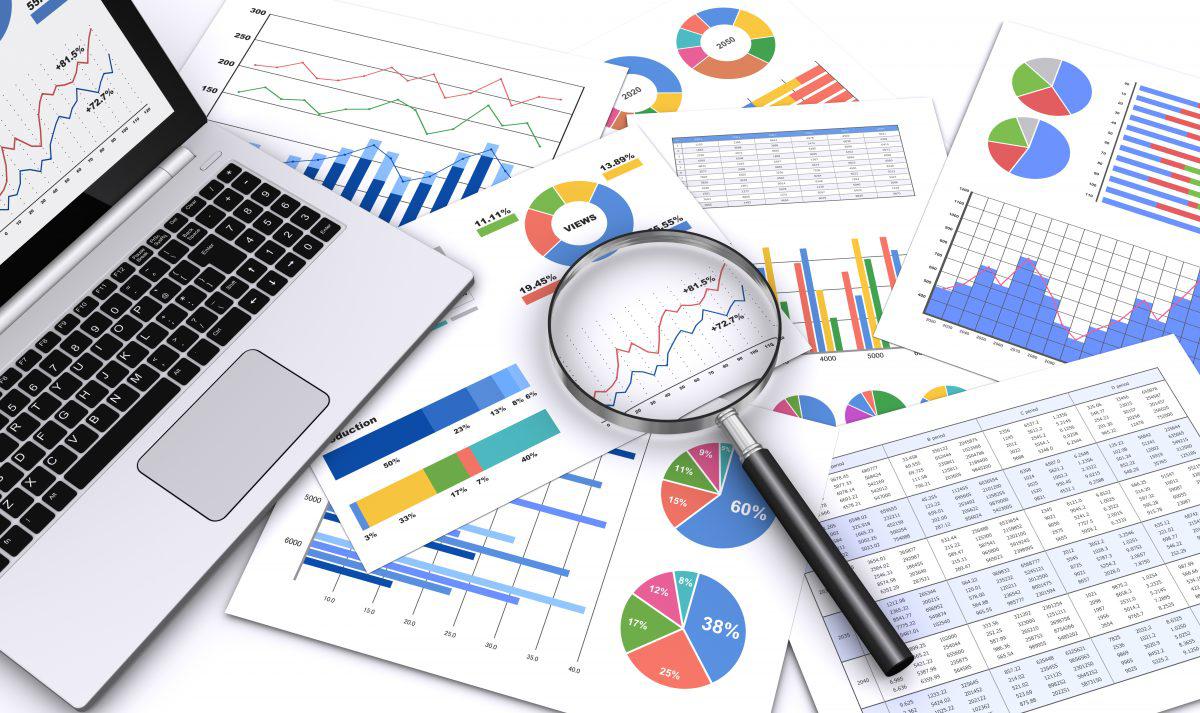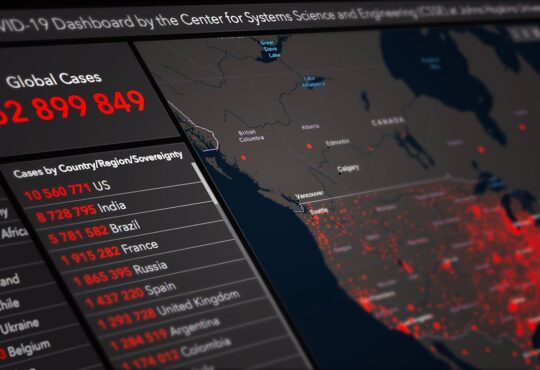
In today’s world, data is being collected and utilized in staggering amounts and it will only continue to increase. Applying data can afford any type of business unprecedented and meaningful advantages. The trick, however, is designing an effective data strategy that works for your business. Achieving effective data practice for your business can be a make-or-break priority that is worth taking the time to implement.
How Could Data Contribute to Your Business Strategy?
Using data effectively requires an understanding of its potential. Data can affect each of the three core attributes of any business venture as defined by Athens State University:
- “Understand the needs of your customers.”
- “Operate as efficiently as possible to meet those needs.”
- “Achieve efficiency by making faster, smarter business decisions.”
Data can shed new light on your market segments, improve your business processes to maximize efficiency and minimize cost, and inform your decision-making. There are almost limitless ways to apply data to these three fundamental aspects of your business. However, the vast array of data usage strategies available today can make it difficult or overwhelming to choose those that will make the biggest difference for your organization.
Analyzing and Improving Your Current Data Strategy
A business’s data strategy must fit its needs, ethos, and organizational structure. Data strategy is not one-size-fits-all. A few preliminary constructs will prove helpful in assessing your data plan for viability and effectiveness.
What Business Problems Do You Need Answers To?
The process of developing a robust data strategy starts with understanding what problem you’re trying to solve with said data. Every area of your business that could use improvement is influenced by a complex cocktail of factors that range from personnel, operations, underlying business assumptions, market understanding, communication, and more. Determining what data your business should collect and analyze must start with a clear, nuanced understanding of the problems your business currently experiences.
What Data Should You Collect? Descriptive, Predictive, and Prescriptive Analytics
Distinguishing between types of data application will help you understand the different ways data can be utilized and help you decide exactly what types of data your business should collect.
- Descriptive analytics refers to data analysis that helps provide deeper insights into current happenings or aspects of your business. This might include thorough transaction data in retail or profile data for HR systems or health management.
- Predictive analytics develops models or analysis methods that predict future environments, trends, or occurrences based on historical data. This type of analysis can help decision makers make more informed decisions based on what might happen.
- Prescriptive analytics takes predictive analytics a step further. By applying machine learning or artificial intelligence, prescriptive analytics make guiding suggestions that can propel decisions based on sophisticated data crunching. Prescriptive analytics tools and methods are used by many of the world’s biggest companies to aid in strategic decision-making.
Knowing the different uses of data available to your business will help you design an effective data plan and decide what data you need to collect.
How is Your Data Currently Being Collected?
After determining what types of data will help you achieve the outcomes your business needs, move on to the next step. To benefit from data, you must collect it first. Take a good look at your business’s current data collection process. What systems do you employ to collect and store your data? What tools do your employees or team members currently utilize? What does your data collection process currently entail?
Answers to these questions could range wildly in scope and complexity. Perhaps your retail organization collects a handful of simple metrics from customers in an excel spreadsheet when orders are fulfilled. Or perhaps your SaaS operation saves volumes of data points as your team moves prospects through your sales funnel. However, your organization currently collects or does not collect data is the place to start. Take a good look at your process and determine whether it is effective both in collecting the right types of data and in a helpful format for moving it to the next step of the process.
How is Your Data Being Applied?
Having raw data at your disposal is only one step in the process. Care must be taken to transform that data into insights that can be readily used and applied to your business. How is the data that you collect currently being utilized to improve your knowledge and processes? Do your team and organizational culture respect data analysis? Does data inform a regular improvement mechanism or feedback loop within your organizational operations? By taking the time to analyze your current data strategy and/or create a new one that utilizes the power of data, you can help your business achieve a greater understanding of your market, better performance and efficiency, and more strategic decision-making.






